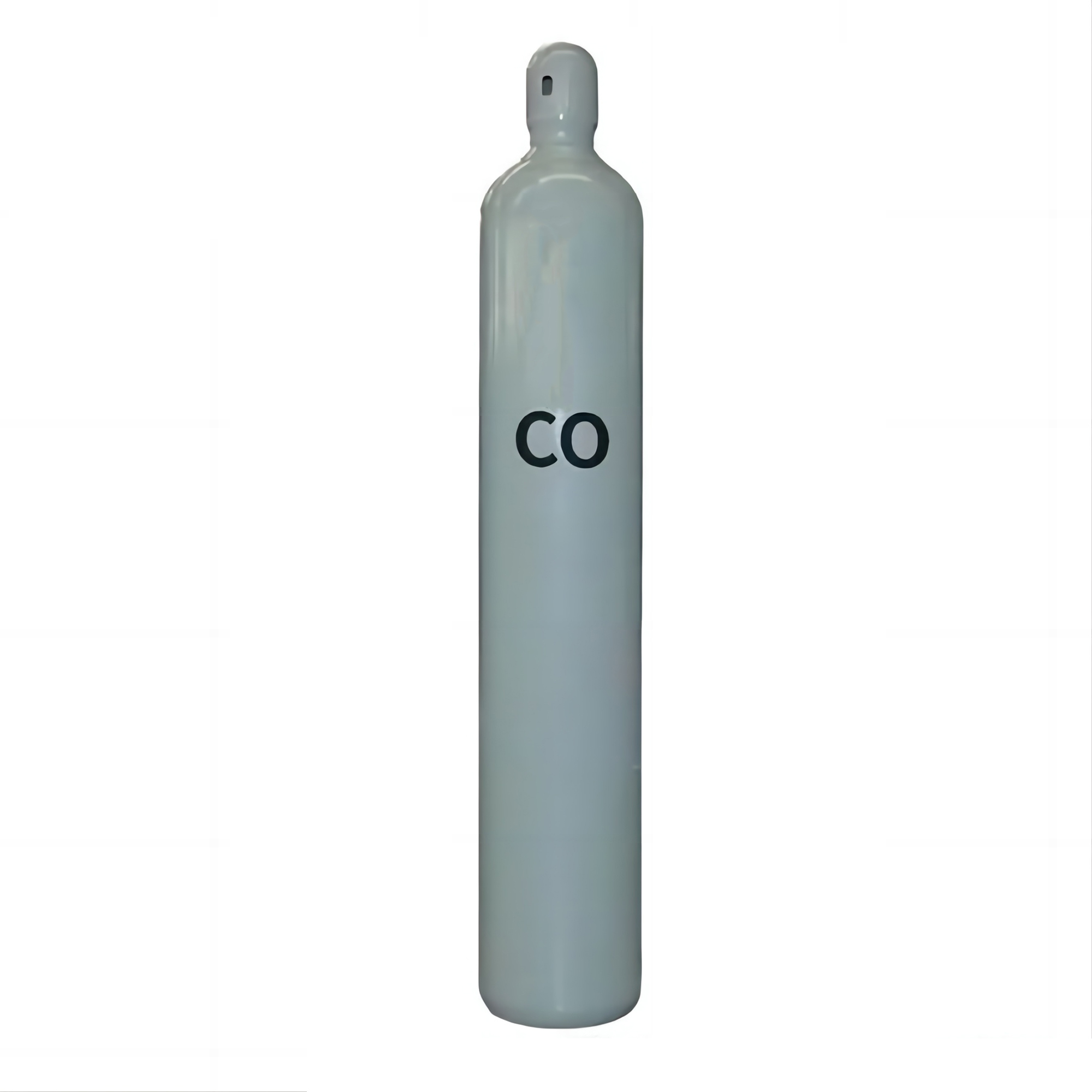Helium Applications (1)
(1) Missiles, spacecraft, liquid fuel missiles, etc. Pressurized liquid hydrogen tanks and piping systems must be cleaned with helium before refueling. Since any other inert gas, such as nitrogen or argon, freezes at low temperatures and mixes with liquid hydrogen, clogging pipes and valves, helium is the only inert substance with a much lower liquefaction temperature than hydrogen, so helium is not a substitute for this application.
(2) In the fourth generation nuclear reactors, the reactor design uses gaseous refrigerants with temperatures up to 790 ° C, of which only helium (4He) has the necessary chemical stability, inertia, high heat transfer rate, low dynamic pressure loss and low neutron action cross section. In this regard, helium is irreplaceable and will be the main driver of helium demand growth in the future.
(3) Helium is also indispensable in aerospace metal processing. During welding and melting, the metals must be protected with inert gases to prevent them from reacting with oxygen and nitrogen in the atmosphere. In alloy manufacturing, mixtures of helium and other gases are used as the working medium of plasma arc equipment, which can produce plasma beams of more than 50,000 K for cutting metals and spraying refractory alloys.
(4) Another important use of helium is the use of the helium isotope 3He as nuclear fuel. It can fuse with deuterium, an isotope of hydrogen, to produce a huge amount of energy. Compared with the previous two generations of nuclear fusion, this fusion reaction has the advantage that no neutrons are produced in the fusion process, and the reaction process is easy to control, environmentally friendly and safe. Therefore, it is considered by scientists to be an efficient, clean, safe and economical fusion fuel for power generation. While 4He is the dominant helium isotope on Earth, preliminary studies of the moon's bottom have found millions of tons of 3He on the surface of the lunar crust, enough to support earth for tens of thousands of years. Currently, scientists around the world are studying the storage, mining, cleaning, transportation and environmental protection of 3He on Earth and the moon. Perhaps in the near future, it will become a traditional and usable new energy source.




 Facebook
Facebook YouTube
YouTube LinkedIn
LinkedIn Twitter
Twitter